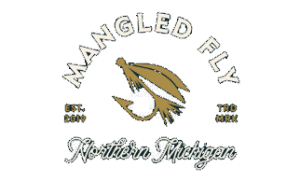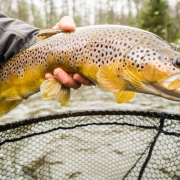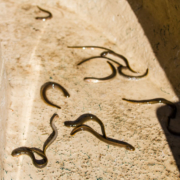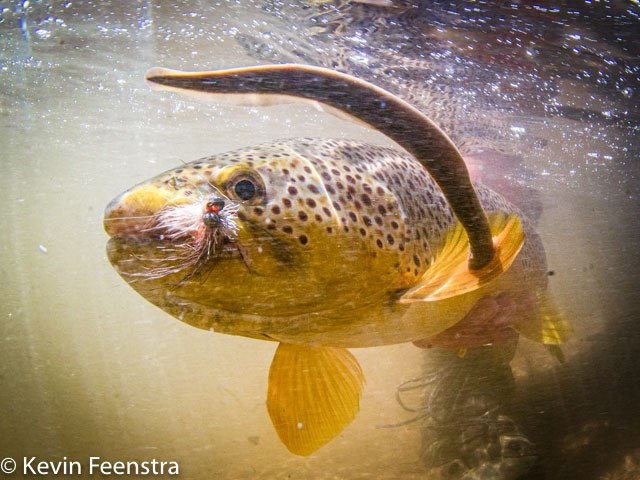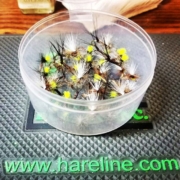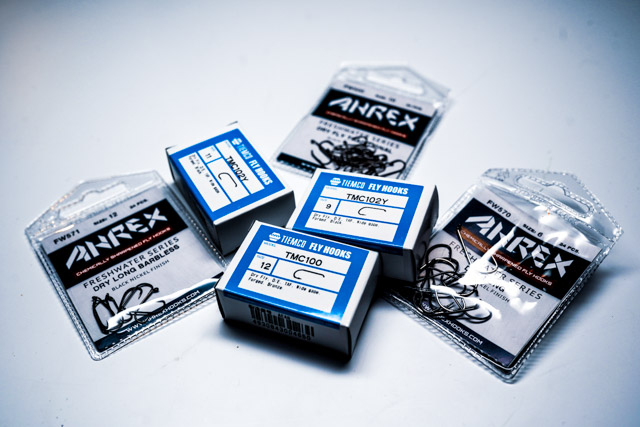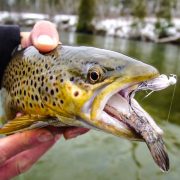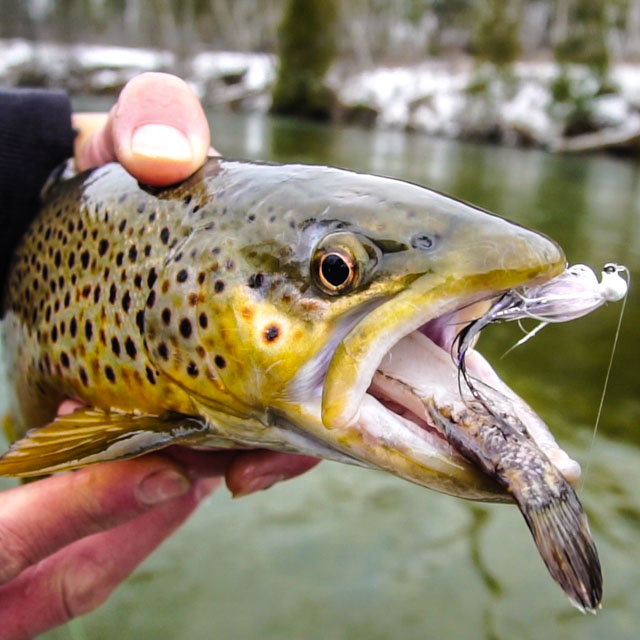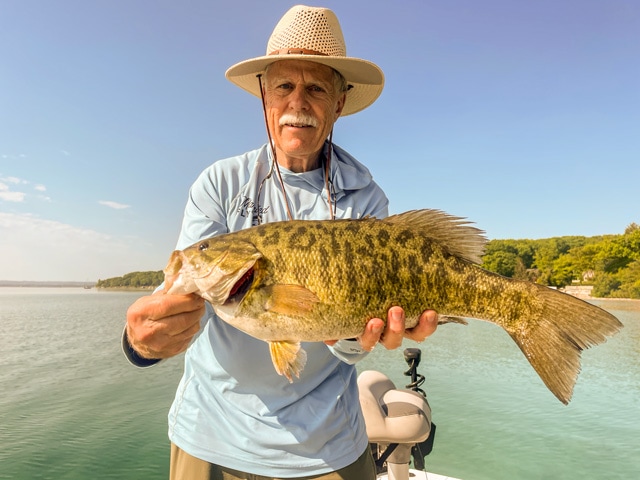Conditions Matter
Conditions Matter
Every spring we enter a transitional period between our annual spring steelhead run and our peak dry fly fishing for trout. In some years this period can be long and drawn out while others transition rapidly. This period is often overlooked and regarded as “hard fishing” as weather conditions can change rapidly and behave differently from year to year. However, if you use a conditions based decision making process to plan your outings, you can eliminate some of the frustrations often associated with transitional fishing. After all, you’re only as good as the conditions you’re fishing in. As a guide, dealing with changing conditions is a daily consideration and I am constantly looking for the best conditions based approach for my anglers.
April and early May can often be characterized by inconsistent weather patterns, but the angling opportunities available at this time are unique and often overlooked. Two of my personal favorites are 1) streamer fishing for trout while searching for the first hatches of the season and 2) the pre-spawn smallmouth bass fishing. Both of these angling opportunities offer different types of fishing, but more importantly they require different conditions for success. Having multiple opportunities to choose from allows us to cater to a conditions based approach to what, when, and where, we will fish on any given day. This is just one example of two overlapping fishing scenarios that have independent factors determining the outcome.
Trout Opener
The annual trout opener is always met with great anticipation, but more often than not we find ourselves fishing during a cold front during this weekend. Negative conditions will often make fishing tough, but understanding your target species and how it will respond to these changes is really what we should consider under these circumstances. Another scenario we often experience under stable conditions are weather patterns that impact the effectiveness of certain techniques making the fishing less productive. Understanding how certain weather parameters affect the behavior of the fish we target is important, but how do these same conditions also impact the food resources available to the fish during these same times?
One of the most common examples of this that I often have to consider is; how does a bright sunny day impact the trout fishing during early spring? Understanding that under low water conditions and bright sunny skies the streamer fishing for trout will often be tough. Another consideration I will make here is understanding how these same conditions will impact my dry fly fishing for trout. I know that under bright skies and colder conditions my hatching Hendrickson’s will be low in density. Even under bright skies and warmer conditions the Hendrickson’s tend to be lower in number, but more importantly the bugs have an easier time leaving the waters surface making them less visible to the trout. When these early hatches of insects are not drifting long distances on the waters surface, trout will often not key in on the surface to feed.
Smallmouth Bass
Under these same conditions smallmouth bass may be far more active and provide a much better alternative species to fish for especially on the bright sunny days. Cold fronts will often push bass into deeper and slower water, but I still feel that they will be more receptive and less neutral than trout under these same conditions. On the flip side, if conditions are calling for heavy cloud cover and moderate temperatures, I know the trout will be more receptive to streamers and the hatching Hendrickson’s will typically last longer and drift further on the waters surface. Not everything in nature is black and white, but if you consider the fishing conditions that are presented to you, often you will find your success improves even in the face of adversity.
Over my guiding career I have seen a lot of changes, weather patterns today are definitely less predictable and the timing of our seasons feels different as well. Being adaptable in my approach and considering the conditions I’m presented on a daily basis has definitely led to more success over time. I have always been passionate about the spring fishing for trout, but often it has been met with frustration as day to day conditions didn’t provide the opportunities I was looking for. Having a backup plan for those situations is a far less stressful strategy and it will often prevent you from getting stuck in a rut. So when planning your next trip consider choosing your target species based upon the fishing conditions you are presented, it may provide everyone with a better overall angling experience.
Ed McCoy
